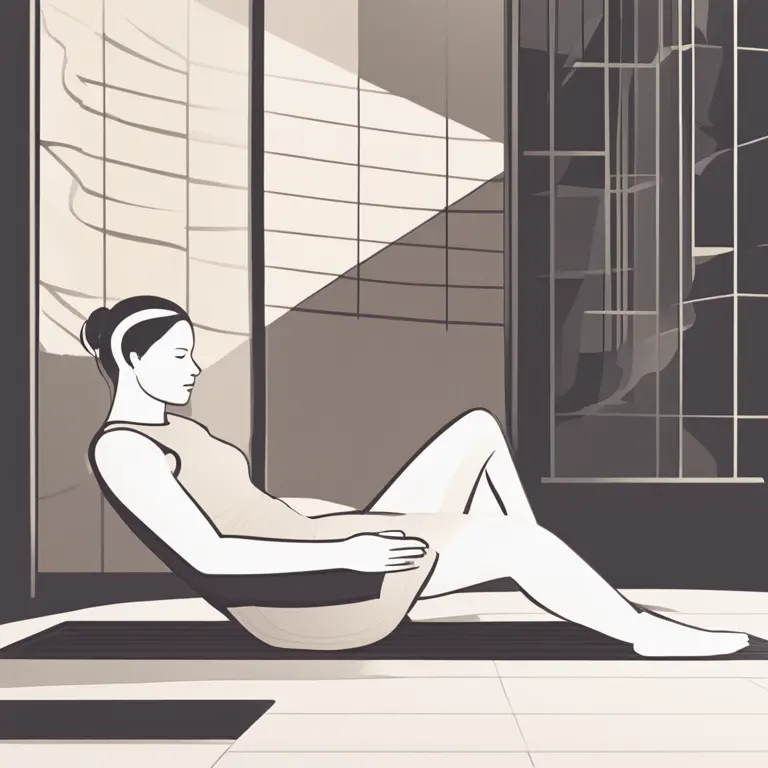
Meditation Methods for ADHD Management
Discover effective meditation techniques tailored for managing ADHD, offering a natural approach to focus and calmness.
article by Hina Kurosawa
Meditation and ADHD
Meditation has emerged as a popular tool for mental health and well-being, especially concerning Attention Deficit Hyperactivity Disorder (ADHD). This neurological condition is characterized by trouble with focus, impulsivity, and hyperactivity. Although medications and behavioral therapies are the primary treatment modalities, meditation offers a complementary method that can be practiced anywhere, at any time. This article aims to introduce several meditation techniques suitable for individuals with ADHD to help improve concentration, reduce stress, and enhance overall quality of life.

Understanding Mindfulness Meditation
Mindfulness meditation is centered on bringing one’s attention to the present moment, acknowledging and accepting one's thoughts and sensations without judgment. This practice is particularly beneficial for those with ADHD, as it aids in regulating attention and reducing impulsivity. The technique involves focusing on the breath, sensations in the body, or even sounds in the environment, thereby training the brain to return to the present when it starts to wander.

Guided Visualization for Focus
Guided visualization is a technique that involves picturing a peaceful scene or following a narrative that promotes relaxation. It can be particularly supportive for individuals with ADHD by providing a mental framework that helps maintain focus. Engaging with visual imagery can calm the mind and create a state of mental tranquility, reducing feelings of anxiety that often accompany ADHD.

Body Scan for Self-Awareness
A body scan is a practice where attention is moved through various parts of the body, typically starting from the feet and moving upwards. This practice fosters greater bodily awareness and helps to identify any areas of tension or discomfort. For someone with ADHD, it can be an instrumental way to connect with the present and reduce somatic symptoms of anxiety, thus improving focus and emotional regulation.

Breathing Exercises to Reduce Hyperactivity
Deep breathing exercises, also known as pranayama in the yoga tradition, are key in regulating the body’s response to stress. By consciously controlling breathing patterns, individuals with ADHD can achieve a calmer state of mind. Techniques like the 4-7-8 breath or alternate nostril breathing can immediately impact the autonomic nervous system, promoting a sense of balance and reducing hyperactivity.
Yoga and ADHD
While yoga is an exercise system that involves the body, it also incorporates meditative elements that benefit the mind. For those with ADHD, yoga can be a dual-purpose activity, combining the physical aspect to release pent-up energy and the meditative aspect to hone focus and awareness. Regular yoga practice has been shown to increase dopamine levels, which plays a critical role in attention and cognitive processes.
Progressive Muscle Relaxation
Progressive muscle relaxation (PMR) is another technique that can be useful for individuals with ADHD. It involves tensing and then relaxing different muscle groups, which helps in recognizing the difference between tension and relaxation. This awareness allows a person with ADHD to better manage their physical responses to stress and impulsivity.
Published: 2/12/2024
Modified: 2/12/2024
More predictions
Come back here soon to learn more about yourself and your future


Meditation: From Turmoil To Tranquility
James lived in the heart of the bustling city, surrounded by skyscrapers that seemed to touch the heavens and streets that never slept. Every morning, as the city roared to life, so did the storm inside James. A whirlwind of thoughts, worries, and fears that left him feeling trapped in his own mind. Deadlines, bills, relationship woes - the list seemed endless, and the weight of the world pressed heavily on his shoulders.


Meditation Explored: 10 Cutting-Edge Discoveries
Meditation, an age-old practice, has been undergoing a modern renaissance, with science diving deep into its mysteries. As researchers explore its intricacies, they continue to unveil fascinating facts that bridge ancient wisdom with contemporary discoveries.


Breathing Practices for Deeper Meditation
Delve into effective breathing methods that enhance meditation practices, fostering tranquility and inner peace.